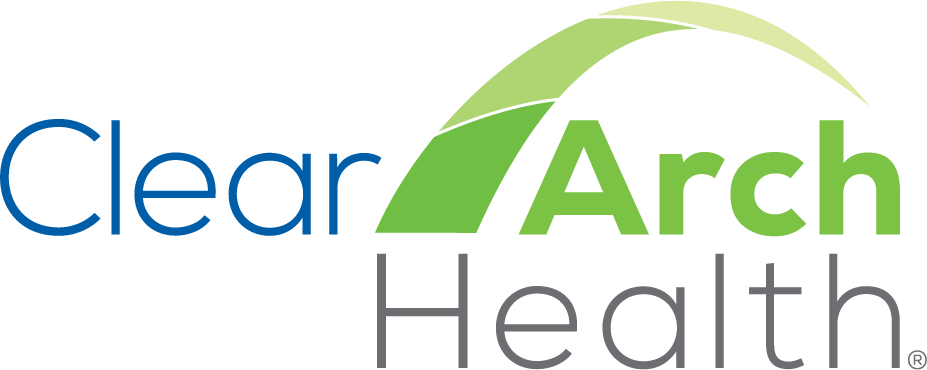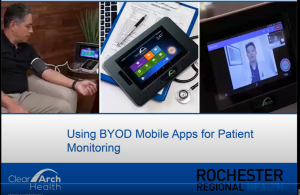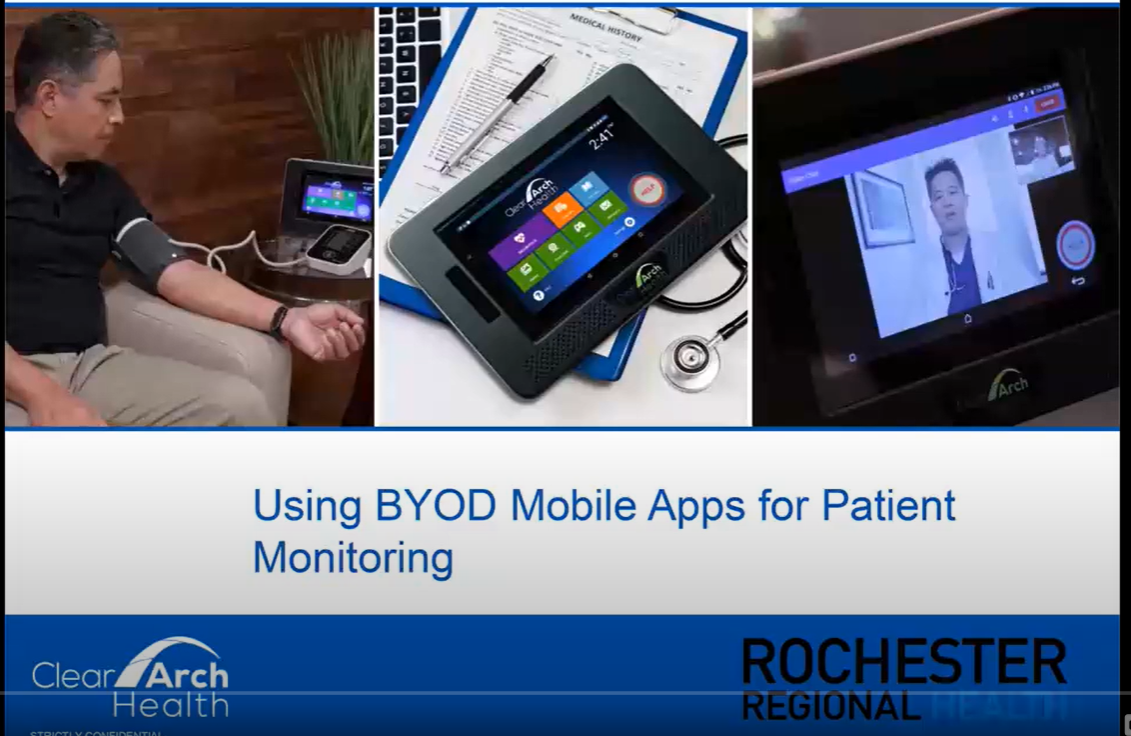The Impact of COVID-19
The recent weeks have played out like the storyline of a movie. The world collectively witnessed a localized healthcare crisis accelerate and become a worldwide pandemic that has tested every facet of healthcare delivery and exposed the strengths and weaknesses of nations around the world. Many people have been infected and many lives have been lost as the coronavirus (COVID-19) continues to spread through communities, cities, and countries.
We have helplessly watched this invisible enemy approach and infiltrate the borders we call home. And, governments across the world have struggled to find the right message – one that conveyed concern and encouraged preparation, while discouraging panic. Despite the efforts, messages have been inconsistent, leaving many feeling unsafe, insecure, and ill prepared.
Strength During Dark Times
Throughout this dark time, inspiring stories of exceptional leadership and compassion have emerged. We have seen healthcare workers on the frontline of COVID-19, coming together to save lives even if it means risking their own. We have seen grocery store workers stay late to ensure surfaces are disinfected and shelves are re-stocked for worried shoppers. These are just some examples.
How COVID-19 Advanced Virtual Care and Telehealth
Time is a remarkable thing. When not facing imminent danger, it is as though there is an infinite amount of time to perfect things. In the US, healthcare delivery and technology are always being improved upon. Antiquated systems, for example, get overhauled regularly to modernize and this is done via the inclusion of virtual care models. Federal and state laws or policies often differ on how, when, where, and for whom these models are utilized and are updated as needed. It is complex, right down to the cost and revenue model. As necessary as it is to simplify, it often seems impossible.
Once we were faced with COVID-19, it all became clear. To succeed in delivering care during a pandemic, and keep healthcare providers and patients safe, organizations must be ready to adapt and make changes, even if not perfectly planned for. Organizations that had virtual care on the roadmap, for example, are in a situation that requires them to move with fast, decided action and commit to new technology, processes, and care delivery models. To do so, they must partner with organizations to access entire platforms or some of their components to accomplish their goals.
A Shared Healthcare Problem
As it became evident that COVID-19 was not one city’s problem, not one country’s problem, but a problem shared worldwide – several truths emerged. No one saw this coming or, if they did, they did not fully understand the complexity of the situation. At this time, we have limited resources and no fully baked plan or action in place to stop it. And, no one was prepared for this level of widespread suffering or cost to human lives.
What we now understand is that our frontline team – the healthcare heroes caring for patients and their support staff – are working while risking their lives to save others.
And even during this grim and scary time, it is an honor to witness the leaders of healthcare organizations and governments as they work together to make the rapid changes necessary to make virtual care more easily accessible and available; to reduce barriers to access and payment; and to keep people safe and healthy, while diminishing the overall negative impact that COVID-19 will have on society.
Organizations that have struggled to initiate or improve programs, now rally to deliver and execute plans faster than ever before. Vendors and healthcare organizations are expediting the process and working together to provide patients with the best care possible at the lowest risk to the patient, provider and community.
A New Normal for RPM and Models of Care
It is impossible to survive this pandemic and remain unchanged. The experience has caused a shift to occur, altering many aspects of life and creating a “new normal.” For healthcare, this is especially true. Virtual care, remote patient monitoring and telehealth will no longer be “innovative enhancements to care,” but instead necessary models of care. And, society will emerge stronger and better prepared to face the unimaginable, should it ever present itself again.
As companies increase the production of ventilators and safety equipment, and vendors and healthcare organizations shift priorities to make the impossible possible, we get to witness the strength of healthcare, businesses, governments, and communities as we all join together to do what is right. Together, we rise above the challenges and collaborate to achieve better health and to heal together.
Thank you to Healthcare and Business Heroes
As goodness around us unfolds, take note of the many organizations who are stepping up. For example, Kaas Manufacturing and Hanes are making protective gear for the frontline warriors; Ford and GM may be stopping car production to create ventilators; and local distilleries and prisons are making hand sanitizers.
Thank you to the business owners, leaders and their teams that shifted their priorities to ramp up production of supplies – such as much-needed equipment, medications, and antimicrobial agents.
Thank you, physicians, nurses, therapists, aides, and non-clinicians, who are on the frontlines and doing so much with so little. You are the definition of “hero.”
Thank you for the essential businesses, from grocery stores to banks, whose employees are physically going to work to ensure necessary resources are available to our communities.
Here is a wish for improved health to all those impacted by and fighting COVID-19. Here’s to better days ahead.








